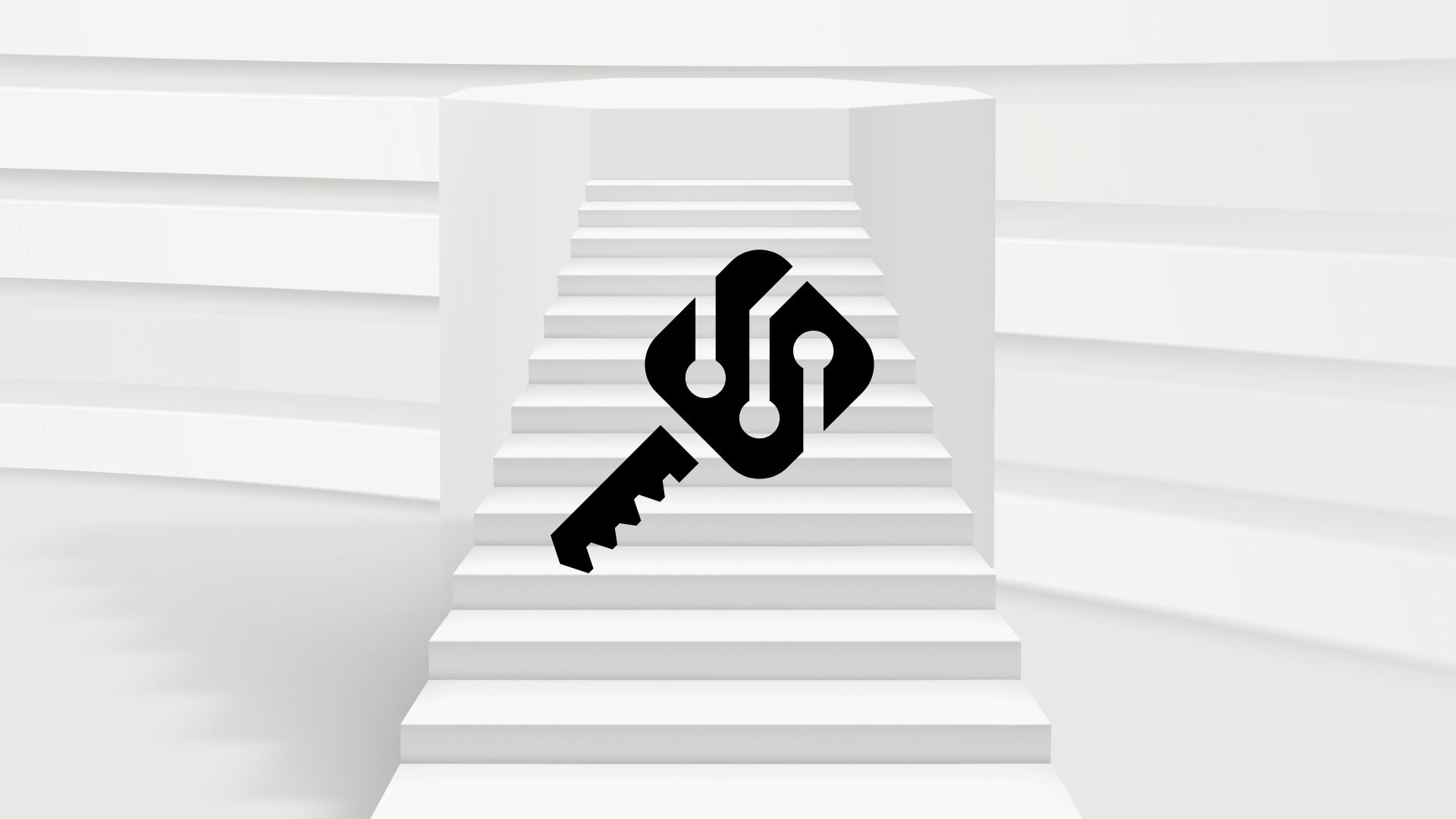Top FAQs on Tokenized Debt
Tokenized debt is one of the fastest-growing use cases in real-world asset (RWA) tokenization. It combines traditional debt instruments (bonds, loans, notes) with blockchain tokens to enable fractional ownership, faster settlement, and broader investor access. Below are the most common questions institutions, issuers, and investors ask, with clear, practical answers.
1) What is tokenized debt?
Tokenized debt is a digital representation of a debt instrument (for example, a corporate bond, municipal bond, syndicated loan, or private credit note) issued on a blockchain. Each token represents a claim on future cash flows (interest and principal) and can be programmed with the debt’s repayment schedule, covenants, transfer restrictions, and compliance logic.
Why it matters: tokenized debt enables fractional ownership, lowers minimum ticket sizes, and can unlock secondary-market trading that was previously difficult for many private-credit and loan products.
2) How does tokenized debt differ from traditional debt?
The economics (credit risk, coupon, amortization) can be identical to traditional debt. The difference is the technology layer:
- Ownership is recorded on a distributed ledger rather than in a centralized registry.
- Transfers and settlements can be automated with smart contracts.
- Compliance and investor eligibility rules can be embedded on-chain (see Zoniqx’s zCompliance and TPaaS features).
3) Are tokenized debts “securities”? What about regulation?
Often, yes. Many tokenized debt instruments meet the legal definition of a security in major jurisdictions and are treated under existing securities laws. Regulators worldwide are actively clarifying frameworks (EU: ESMA/MiCA-related guidance; U.S.: SEC statements and sandbox activity). Issuers should adopt a compliance-first approach and rely on regulated rails and legal opinions. Zoniqx’s solutions are built with cross-jurisdictional compliance tools to help align tokenized debt with applicable rules.
4) Which blockchains are used for tokenized debt?
Issuers choose chains that balance security, settlement speed, interoperability, and compliance support. Public chains, permissioned/consortium chains, and hybrid solutions are all used in production. Zoniqx supports multi-chain deployments and integrates with custody and oracle providers as part of TPaaS.
5) Who can issue tokenized debt?
Banks, asset managers, issuers of corporate bonds, private-credit funds, marketplaces and even sovereign/municipal issuers (in regulated pilots) can issue tokenized debt, provided they satisfy the legal, accounting, and custody requirements in their jurisdiction. Platforms like Zoniqx make the technical and compliance hurdles manageable for qualified issuers.
6) How do investors buy and trade tokenized debt?
Primary issuance can happen via a regulated placement platform or private placement portal with KYC/AML and investor accreditation checks. Secondary trading can take place on token-compatible ATS/marketplaces, DEXs that support compliant tokens, or through permissioned trading networks. Liquidity varies by asset type; short-term, high-quality debt (e.g., tokenized treasuries or fund units) tends to be more liquid than bespoke private-credit notes.
7) What are the benefits of tokenized debt?
- Fractionalization: lower minimum investments and broader investor base.
- Faster settlement: near-real-time ownership transfer when fully on‑chain.
- Transparency & auditability: on-chain provenance and automated reporting.
- Programmability: embed covenants, transfer restrictions, and automated distributions.
- Cost-efficiency: reduced intermediaries for issuance, settlement, and reconciliation.
8) What are the main risks?
- Legal and regulatory risk: tokens that look like securities may be regulated; evolving rules can change compliance cost.
- Counterparty and custody risk: off-chain payment legs and custodial arrangements add operational risk.
- Smart contract risk: bugs or vulnerabilities in on-chain code.
- Liquidity risk: secondary-market depth is still uneven across asset classes.
- Valuation & accounting: accounting standards and tax treatment are still maturing in some jurisdictions.
9) Are there real-world examples today?
Yes. Industry participants and pilots have tokenized treasuries, corporate bonds, real‑estate-backed debt, and private-credit funds. Notable infrastructure players include several tokenized treasury funds and enterprise platforms. Institutional pilots and funds in Abu Dhabi, Europe and other markets have demonstrated tokenized-debt issuance and trading under regulated frameworks.
10) How do trustee, servicing and enforcement work for tokenized loans?
Traditional roles (trustee, servicer, paying agent) still exist; they’re often integrated with on-chain logic. For example, a servicer may update off-chain loan performance data which is then attested on-chain via oracles; trustees can trigger enforcement actions through pre-agreed legal mechanisms while token-state updates reflect the outcome.
11) How do you value tokenized debt?
Valuation relies on the same credit fundamentals as traditional debt: coupon cash flows, default probability, recovery rates, and market yields. Tokenization can add liquidity premia or discounts depending on market access and tradability. For on-chain native pricing, composable price oracles and reference data sources are used to feed market prices into smart contracts.
12) Tax and accounting: anything special?
Tax and accounting treatment typically follow the underlying instrument’s classification (debt vs equity). Because tokenized instruments may be more easily tradable and fractionalized, issuers and investors must pay attention to tax reports, withholding obligations, and jurisdictional differences; get local tax and audit advice.
13) How can my institution issue tokenized debt with minimal friction?
Work with a tokenization platform that offers:
- a compliance-first stack (KYC/AML, investor accreditation, jurisdictional rules),
- audited smart contracts and custody integrations,
- end-to-end deal lifecycle tools (issuance, investor onboarding, distribution, servicing), and
- legal and tax advisory partners.
Zoniqx’s Tokenization Platform as a Service (TPaaS) bundles these capabilities into a modular, white‑label solution so qualified issuers can focus on the credit economics while Zoniqx handles the technical and compliance plumbing.
14) Where will tokenized debt make the biggest impact?
Short to medium term:
- Private credit and SME lending, where fractionalization widens the investor base.
- Fund units and debt funds, where tokenized units improve distribution and secondary liquidity.
- Short-term government and corporate debt where regulated tokenized funds can provide an on‑ramp for digital-native markets.
Long term, we expect tokenized debt to become a mainstream distribution layer for many fixed-income products, provided regulators and market infrastructure continue to mature.
Ready to explore tokenized debt with Zoniqx?
If you’re an issuer, fund manager, or financial institution exploring tokenized debt, Zoniqx helps you move from pilot to production with compliance-first architecture and plug‑and‑play integrations. Book a demo to connect with our team.
About Zoniqx
Zoniqx (pronounced "Zoh-nicks") is a global fintech leader headquartered in Silicon Valley, specializing in converting real-world assets into security tokens. Through its suite of innovations including zProtocol (DyCIST/ ERC-7518), zCompliance, zConnect, zPayRails, and zIdentity, Zoniqx is powering the future of finance, enabling global liquidity, compliance automation, and Web3 integration.
It offers an interoperable, compliant infrastructure for the RWA tokenization market, enabling global liquidity and DeFi integration through its end-to-end ecosystem of SDKs and APIs. Zoniqx pioneers on-chain, fully automated RWA deployment on public, private, and hybrid chains. For more information, visit www.zoniqx.com.
To explore how Zoniqx can assist your organization in unlocking the potential of tokenized assets or to discuss potential partnerships and collaborations, visit www.zoniqx.com/contact.
Disclaimer
This article is for informational purposes only and does not constitute legal, financial, or regulatory advice. References to SEC are based on public statements and do not imply endorsement or legal interpretation. Readers are encouraged to consult with legal or regulatory professionals before engaging in asset tokenization. Zoniqx operates in full compliance with applicable laws and supports regulatory clarity in the tokenization ecosystem.
References
- Zoniqx. TPaaS product page. https://www.zoniqx.com/product/tpaas
- Zoniqx. Tokenizing a $100M Real Estate Fund (case study). https://www.zoniqx.com/tokenizing-a-real-estate-fund-using-zoniqx-tpaas
- Financial Stability Board. "The Financial Stability Implications of Tokenisation" (Oct 22, 2024). https://www.fsb.org/uploads/P221024-2.pdf
- ESMA. Guidelines and reports on tokenised financial instruments (Dec 2024 / Mar 2025). https://www.esma.europa.eu/sites/default/files/2024-12/ESMA75453128700-1323_Final_Report_Guidelines_on_the_conditions_and_criteria_for_the_qualification_of_CAs_as_FIs.pdf
- S&P Global. "Tokenized Private Credit" special report (Oct 23, 2024). https://www.spglobal.com/en/research-insights/special-reports/tokenized-private-credit
- CoinTelegraph. "What are tokenized debt instruments?" (Dec 10, 2024). https://cointelegraph.com/learn/articles/what-are-tokenized-debt-instruments
- Deloitte Insights. Tokenized real estate and predictions (Apr 24, 2025). https://www.deloitte.com/us/en/insights/industry/financial-services/financial-services-industry-predictions/2025/tokenized-real-estate.html
- Reuters. Abu Dhabi firm launching tokenized US Treasuries fund (Oct 31, 2024). https://www.reuters.com/technology/abu-dhabi-firm-launch-tokenized-us-treasuries-fund-2024-10-31/
- KPMG. Blockchain report 2024 (tokenized assets overview). https://assets.kpmg.com/content/dam/kpmgsites/ch/pdf/kpmg-blockchain-report-2024.pdf.coredownload.pdf
- OSL Academy. "What are tokenized debt instruments?" (Feb 21, 2025). https://www.osl.com/hk-en/academy/article/what-are-tokenized-debt-instruments-a-beginners-guide



.jpg)